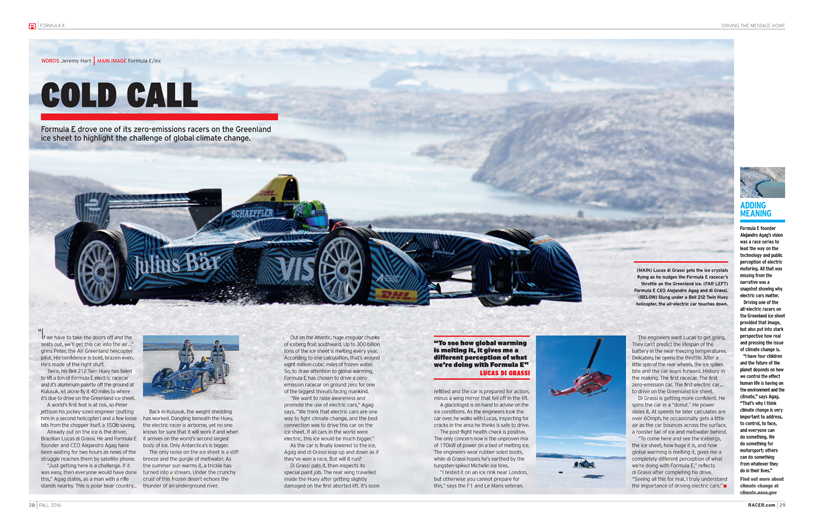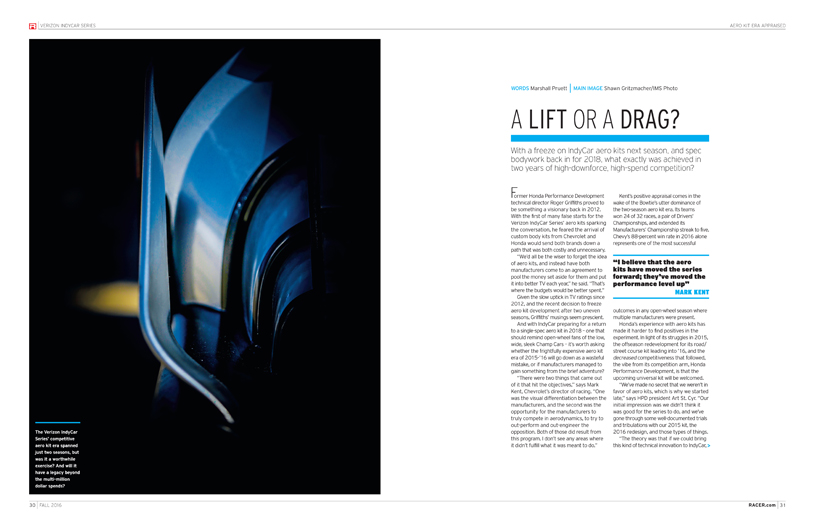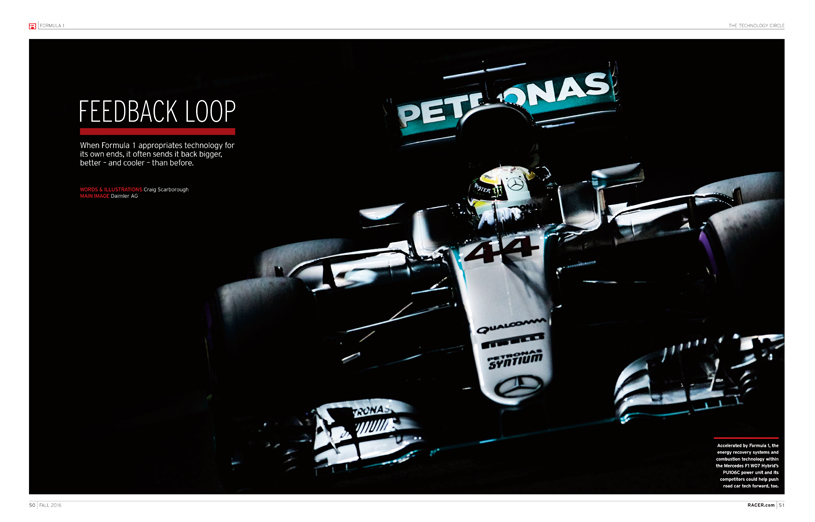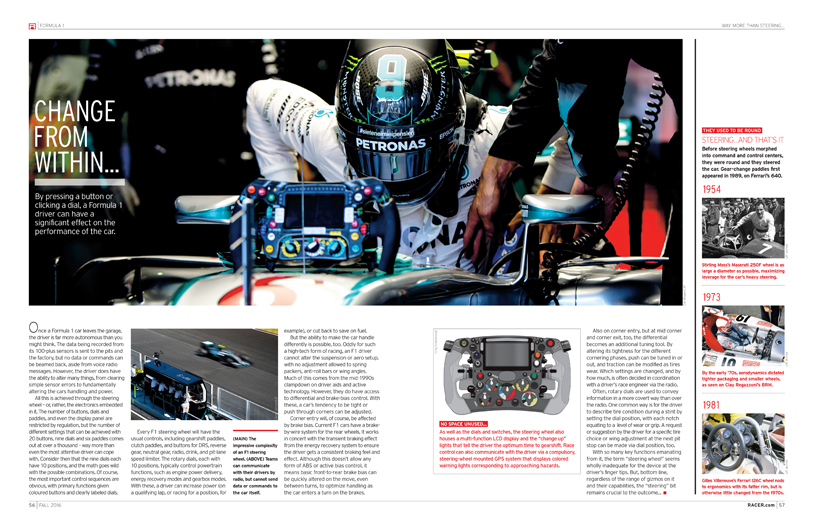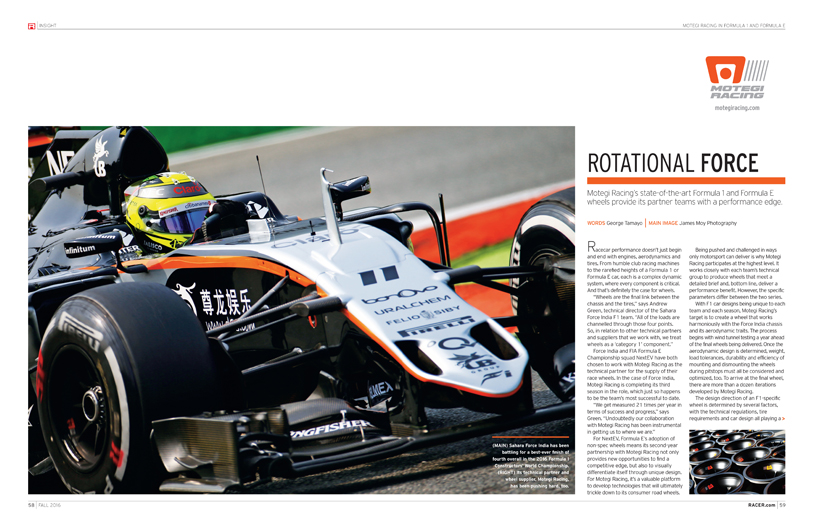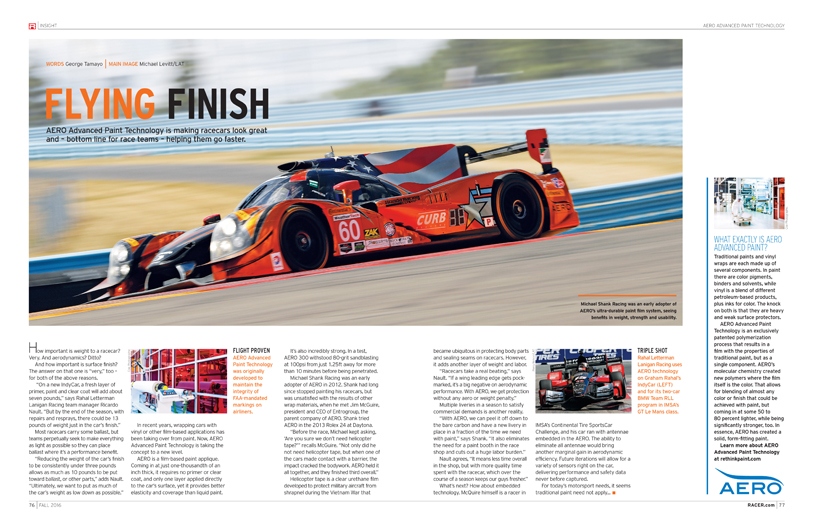Number 281: The Technology Issue
Prior to Audi announcing its withdrawal from the World Endurance Championship and the race it practically owned for two incredible decades, the 24 Hours of Le Mans, one story we were working on for RACER’s Technology Issue was potential future tech in the WEC’s innovation-friendly, yet mind-warpingly expensive LMP1 class.
Thanks to the continuing fallout from Volkswagen Audi Group’s “dieselgate” emissions scandal, that’s been replaced with a look-back on how Audi changed the face of sports car racing. But the original story did contain interesting insight on the WEC’s
willingness to embrace technologies to keep its participating manufacturers engaged, with hydrogen fuel cells the next imminent addition to the rule book.
Writer Marshall Pruett asked the LMP1 manufacturers what new tech they might consider down the line and, pre-pullout rumblings, got a memorable response from Audi Team Joest managing director Ralf Juttner: “We’re working on a flux capacitor,” he grinned. “And we’ll refuel using waste from the year 2050. Any more questions?”
He was joking of course (everyone knows DeLorean-owning “Doc” Brown holds the patent for flux capacitors, not Audi), yet it does illustrate the double-edged sword that LMP1 – and Formula 1, too – represents for its competing marques.
On one side, both series present an opportunity to hone and accelerate relevant, cutting-edge technology in the ultimate development environment. On the other, such freedom and opportunity inevitably leads to a spending arms race that, equally inevitably, leads to casualties.
But the conundrum for any series touting technology is, how do you give auto makers a platform without opening a budgetary Pandora’s box? All-electric Formula E believes it has the answer and, so far, the manufacturers are buying into its vision – Audi among them. But as FE opens up its technical rules, the challenge will be keeping a lid on escalating spends.





